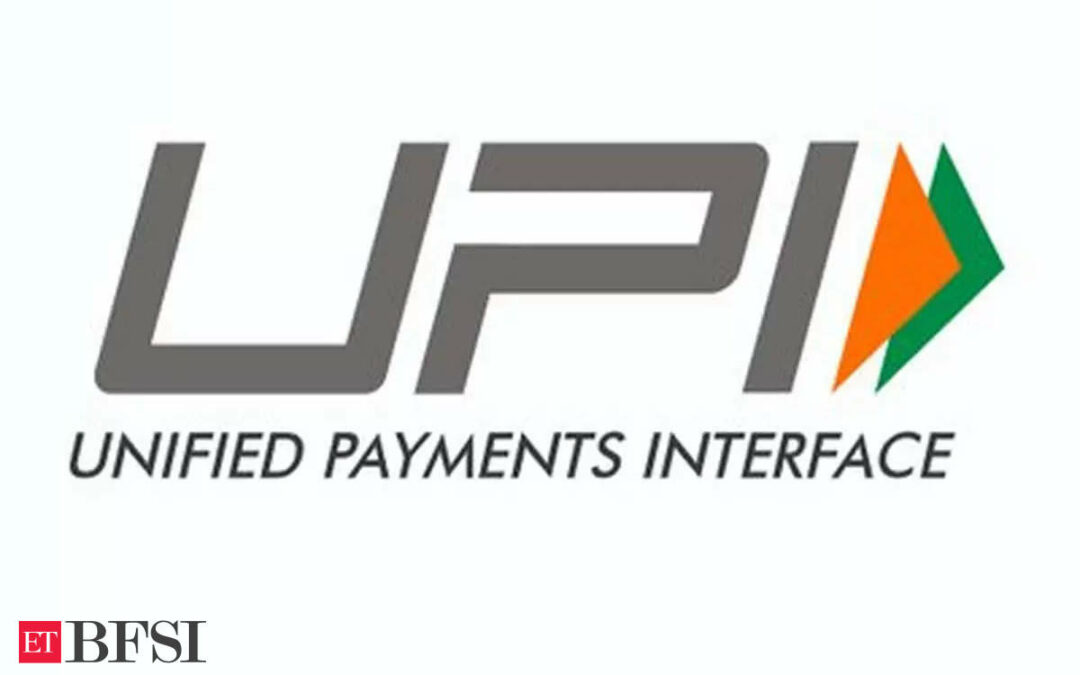The Unified Payments Interface (UPI), India’s pioneering digital payment system, has the potential to transform into a global remittance channel. RBI Governor Shaktikanta Das has highlighted UPI’s potential to offer a more efficient and cost-effective alternative to traditional cross-border payment methods. As UPI continues to expand its international footprint and integrate with global payment systems, it could reshape how remittances are transferred worldwide, providing a seamless, real-time solution for millions of users across borders.
What did RBI Governor Shaktikanta Das say on UPI?
RBI Governor Shaktikanta Das highlighted at the RBI@90 conference that UPI could evolve into a faster and more cost-effective alternative for cross-border remittances. Das suggested starting with small-value personal remittances and emphasized the need for interoperability between national payment systems and central bank digital currencies (CBDCs) to enhance cross-border payment efficiency.
How has UPI performed since its inception?
UPI has made a significant impact since its launch in April 2016. Recent data from the National Payments Corporation of India (NPCI) reveals that UPI transactions totaled Rs 18.41 lakh crore in January 2024, showing a 53% increase in volume and a 42% rise in value year-on-year. In 2023, UPI facilitated 117.7 billion transactions amounting to Rs 183 trillion.
What is UPI’s current international footprint?
UPI has expanded its reach to seven countries: Bhutan, Nepal, Sri Lanka, Mauritius, the UAE, Singapore, and France. This international presence is aligned with India’s goal of achieving two billion UPI transactions per day by 2030. For instance, Indian tourists can now use UPI at the Eiffel Tower, demonstrating global recognition of this innovation.
Could UPI impact global remittance flows?
UPI’s internationalisation could significantly enhance remittance efficiency. Traditional remittance methods often involve high fees and lengthy processing times. UPI’s real-time, cost-effective transactions could reduce transfer fees by 25% compared to traditional methods. Additionally, UPI’s accessibility via smartphones in remote areas could democratize remittance services and support financial inclusion for migrant workers and their families.
What strategic measures are recommended to optimize UPI for international remittances?
To fully leverage UPI for international remittances, experts suggest several measures. First, it is essential to expand global partnerships by accelerating bilateral agreements to integrate UPI with other countries’ payment systems. Clear regulations must be established to provide guidelines for cross-border UPI transactions, thereby building trust among users and service providers. Additionally, leveraging UPI’s international presence to innovate financial products tailored to migrant communities can enhance its utility. Lastly, investing in robust cybersecurity measures is crucial to safeguard UPI transactions from fraud, ensuring a secure and reliable remittance channel.
What is Project Nexus, and how does it relate to UPI?
Project Nexus, developed by the Bank for International Settlements (BIS) and its partners, aims to standardise connections between domestic instant payment systems. The completed blueprint for phase three includes expanding the network to integrate India’s UPI. Phase four will see UPI joining this global network, with Bank Indonesia continuing as a special observer.











